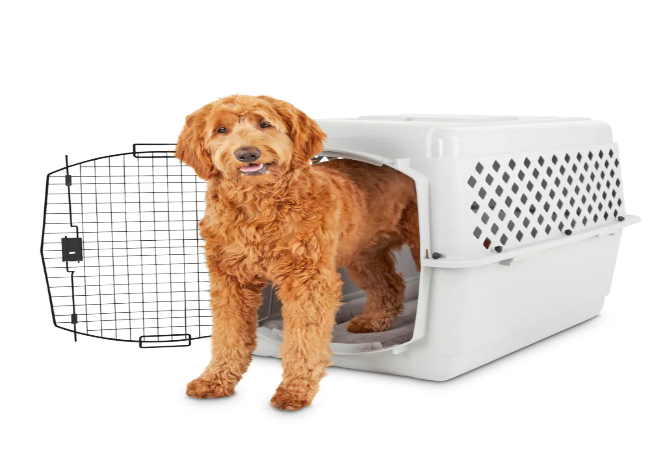Make Your Dog’s Crate Feel Like Home in 2025: Vet’s Guide 🏠🐶

In this article
Make Your Dog’s Crate Feel Like Home in 2025: Vet’s Guide 🏠🐶
By Dr. Duncan Houston BVSc
Hi—I’m Dr Duncan Houston BVSc, veterinarian and Ask A Vet founder. A well-set-up crate isn’t a cage—it’s your dog’s personal den. With the right size, bedding, training and environment, your pup can see their crate as a cozy, secure sanctuary rather than a confinement zone. In this vet‑approved guide, I’ll cover:
- Picking the right crate size & style
- Creating cozy bedding and den-like atmosphere
- Building positive associations with treats & toys
- Desensitization and anxiety reduction techniques
- Monitoring with Ask A Vet tools
1. Choosing the Right Crate
- The crate should fit your dog so they can stand, turn around, and lie down—no more, no less.
- Wire, plastic, fabric and furniture-style crates each have benefits: airflow, security, portability or home decor compatibility.
2. Cozy Bedding and Den‑Like Feel
- Drape a washable sheet or crate cover—ensuring ventilation—to create a snug, den atmosphere.
- Add towel or bed with familiar scents (like yours)—avoid expensive bedding initially in case they chew.
- Include soft crate pads or blankets, pillows, and chew‑safe toys; heavy blankets or calming pheromones can help.
3. Positive Associations
- Feed meals, place treats or add puzzle toys (like a kong) in the crate—make it rewarding, not scary.
- Use happy tone and praise when your dog enters the crate—even open-door placement at first.
- Define crate time beyond departures—use short, fun sessions at home to avoid anxiety.
4. Desensitization & Anxiety Reduction
- Start with brief, incremental time alone near the crate—reward calm behavior.
- Bring crate into main living spaces so it’s part of normal household flow.
- Introduce calming background sounds, and remove tags/collars during crate time for safety.
5. Avoiding Pitfalls
- Never use the crate as punishment—it must stay positive.
- Avoid excessive confinement—build freedom over time and balance with outdoor breaks.
6. Ask A Vet: Tracking & Support
- Log daily crate time, stress signs (whining, chewing, calm posture)
- Track gradual duration increases and note successes
- Set alerts for extended confinement or signs of anxiety
- Use reminder tools for crate habituation sessions and treat rewards
📌 Final Thoughts from a Vet
Creating a cozy, den‑like crate and building positive habits turns a crate into a comforting, safe space your dog will choose and enjoy. Host crate meals, toys, and calm time at home—not just departures—to build trust. With patience, consistency, and Ask A Vet’s tracking tools, your dog’s crate can truly become their happy home-away-from-home. 🐾❤️






